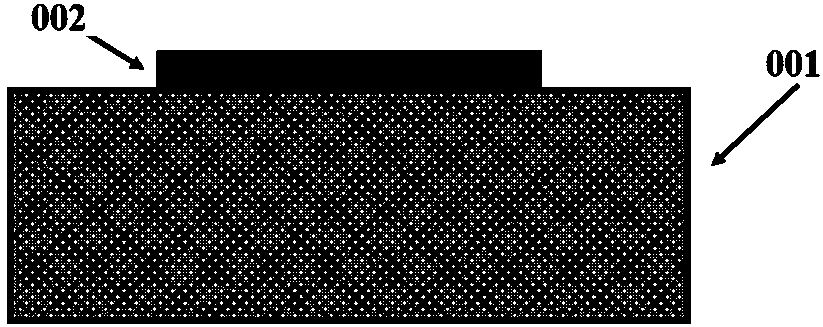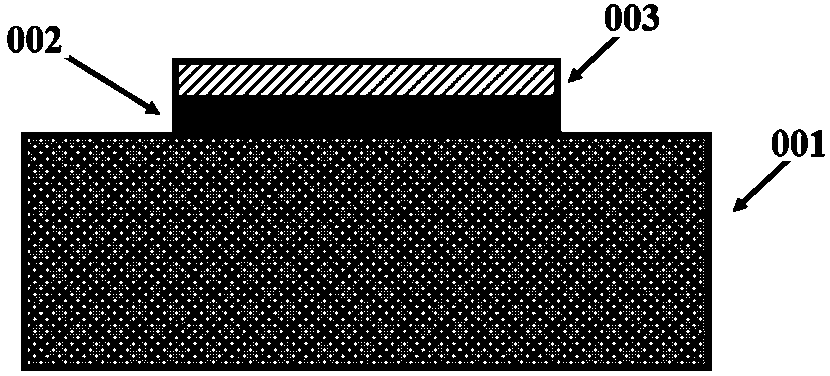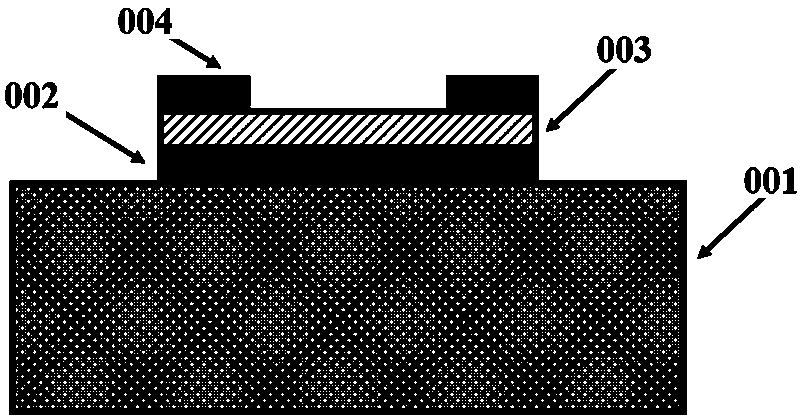Photoelectric memory based on two-dimensional heterojunction optical wavelength induction and preparation method thereof
A technology of optical wavelength and heterojunction, applied to semiconductor devices, circuits, electrical components, etc., can solve problems such as limited storage capacity, poor data storage capacity, and long data retention time, and achieve the goal of improving storage capacity and broad application prospects Effect
- Summary
- Abstract
- Description
- Claims
- Application Information
AI Technical Summary
Problems solved by technology
Method used
Image
Examples
Embodiment Construction
[0028] The following is a detailed description of the embodiments of the present invention. Examples of the embodiments are shown in the accompanying drawings, wherein the same or similar reference numerals indicate the same or similar materials or methods with the same or similar functions throughout. The embodiments described below with reference to the accompanying drawings are exemplary, and are only used to explain the present invention, and cannot be construed as limiting the present invention. In order to simplify the disclosure of the present invention, the materials and methods of specific examples are described below. Of course, they are only examples, and are not intended to limit the invention. In addition, the present invention provides examples of various specific processes and materials, but those of ordinary skill in the art may be aware of the applicability of other processes and / or the use of other materials.
[0029] Hereinafter, according to the attached draw...
PUM
| Property | Measurement | Unit |
|---|---|---|
| Thickness | aaaaa | aaaaa |
| Thickness | aaaaa | aaaaa |
| Thickness | aaaaa | aaaaa |
Abstract
Description
Claims
Application Information
 Login to View More
Login to View More - R&D
- Intellectual Property
- Life Sciences
- Materials
- Tech Scout
- Unparalleled Data Quality
- Higher Quality Content
- 60% Fewer Hallucinations
Browse by: Latest US Patents, China's latest patents, Technical Efficacy Thesaurus, Application Domain, Technology Topic, Popular Technical Reports.
© 2025 PatSnap. All rights reserved.Legal|Privacy policy|Modern Slavery Act Transparency Statement|Sitemap|About US| Contact US: help@patsnap.com



